In today’s competitive, fast-moving business world, staying ahead requires more than just great products or services—it demands the right technology foundation. Teams must deliver quickly, collaborate seamlessly, and adapt instantly to market changes. For organizations using Jira, Confluence, Trello, or Jira Service Management, the Atlassian Cloud is proving to be that foundation.
Moving to the Atlassian Cloud is not simply about “hosting your tools elsewhere.” It’s a strategic Atlassian Cloud transformation—a rethinking of how work gets done, how teams collaborate, and how systems scale to match growth.
In this comprehensive guide, we’ll explore the top reasons to move to the cloud—blending the benefits of performance, scalability, productivity, and future-proofing—and explain how expert-led cloud migration, Atlassian projects ensure a smooth transition.
1. Performance: The Foundation of a Seamless Cloud Experience
What is Cloud Performance?
Cloud computing performance refers to how effectively cloud-based infrastructure and applications function—encompassing speed, reliability, scalability, and overall efficiency. It’s the backbone of modern business operations, directly influencing how teams work internally and how customers perceive your brand externally.
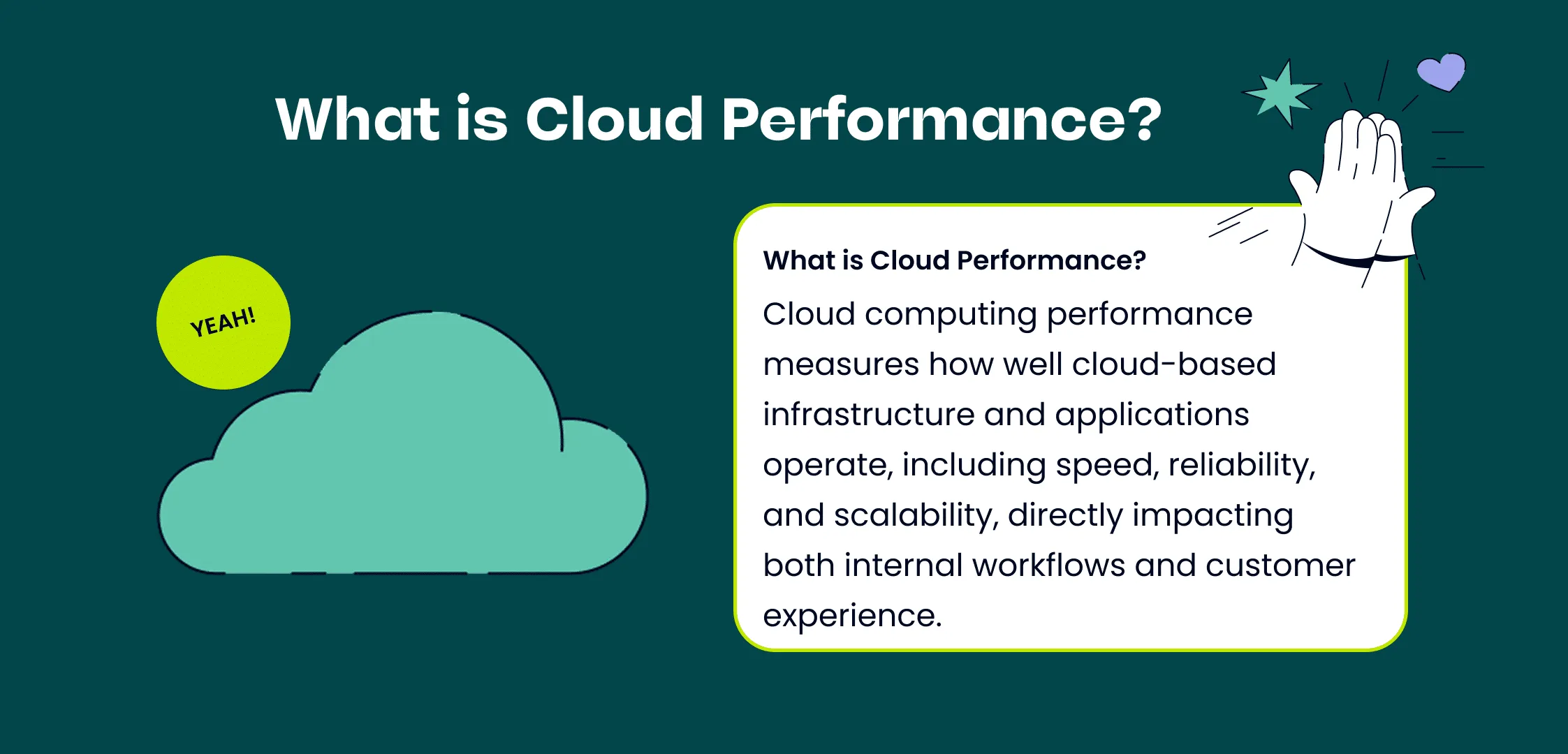
Why Cloud Performance Matters
Think about the last time you waited for a Jira board to load or a Confluence page to refresh. Those seconds add up—slowing workflows, frustrating employees, and even impacting customer deliverables.
Jira Cloud performance is about eliminating these delays. In the Atlassian Cloud, performance improvements come from:
- Globally distributed hosting infrastructure for faster access worldwide.
- Automatic load balancing to keep systems responsive during heavy use.
- Continuous platform optimization so you’re always running on the fastest version.
According to a 2019 INAP survey, improving performance was the #1 motivation to move to the cloud for enterprises. Speed and reliability directly affect productivity, brand perception, and revenue ( Source: INAP)
A 2023 AWS study reinforced this, showing organizations migrating to the cloud reduced Total Cost of Ownership (TCO) by 34%, underscoring how performance and efficiency deliver bottom-line value.
How Performance Drives Business Value
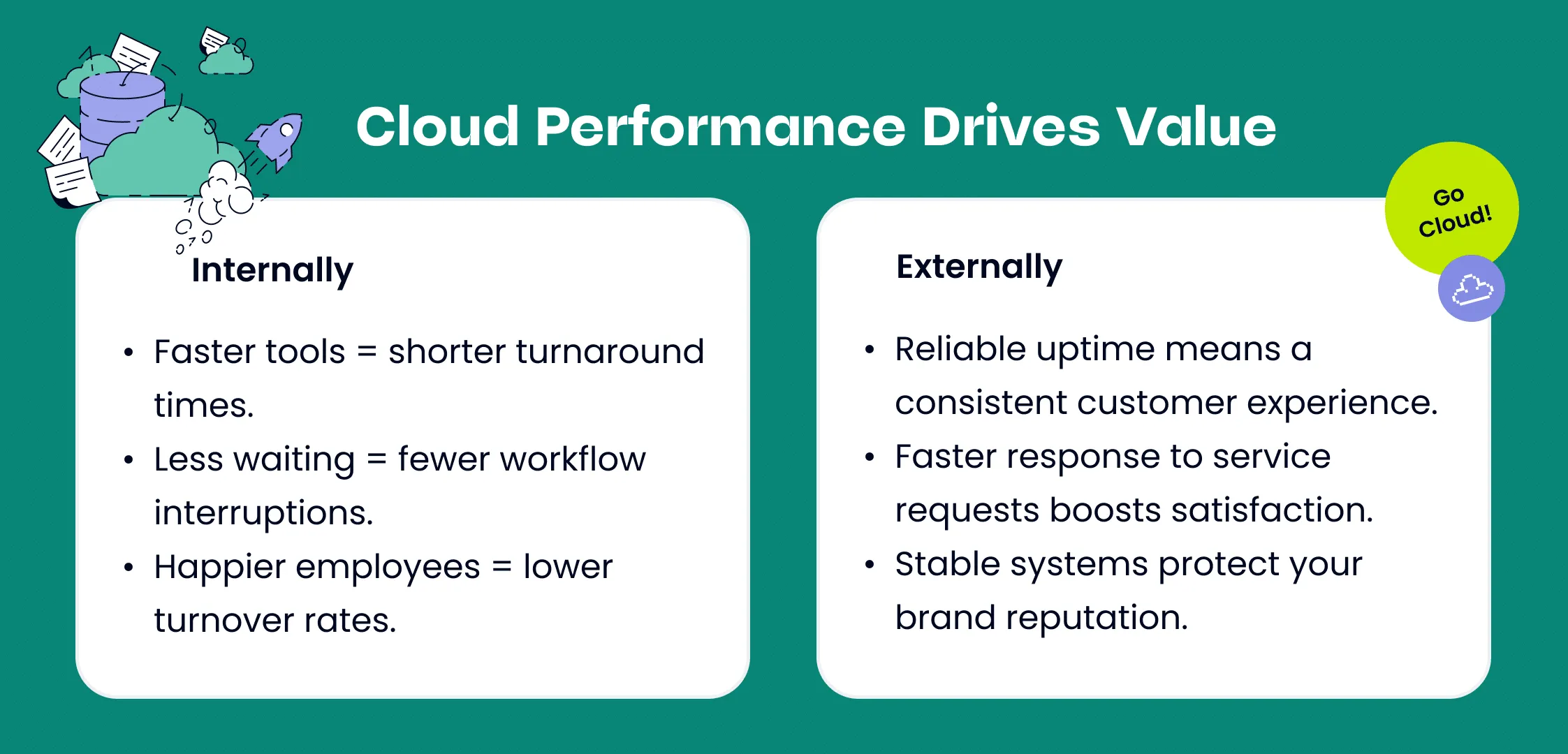
Internally:
- Faster tools = shorter turnaround times.
- Less waiting = fewer workflow interruptions.
- Happier employees = lower turnover rates.
Externally:
- Reliable uptime means consistent customer experience.
- Faster response to service requests boosts satisfaction.
- Stable systems protect your brand reputation.
Stat: The cost of acquiring a new customer is 5–25x higher than retaining one (Harvard Business Review). Performance directly supports retention.
2. Scalability: Growing Without Limits
What Is Cloud Scalability?
Cloud scalability refers to the ability of cloud solutions to dynamically adjust computing resources to meet fluctuating demands. This means IT systems can seamlessly scale up during high-demand periods and scale down when usage decreases, ensuring optimal performance while minimizing costs. Scalability provides IT leaders with the agility to align infrastructure with evolving business needs—without the challenges of procuring or maintaining physical hardware.
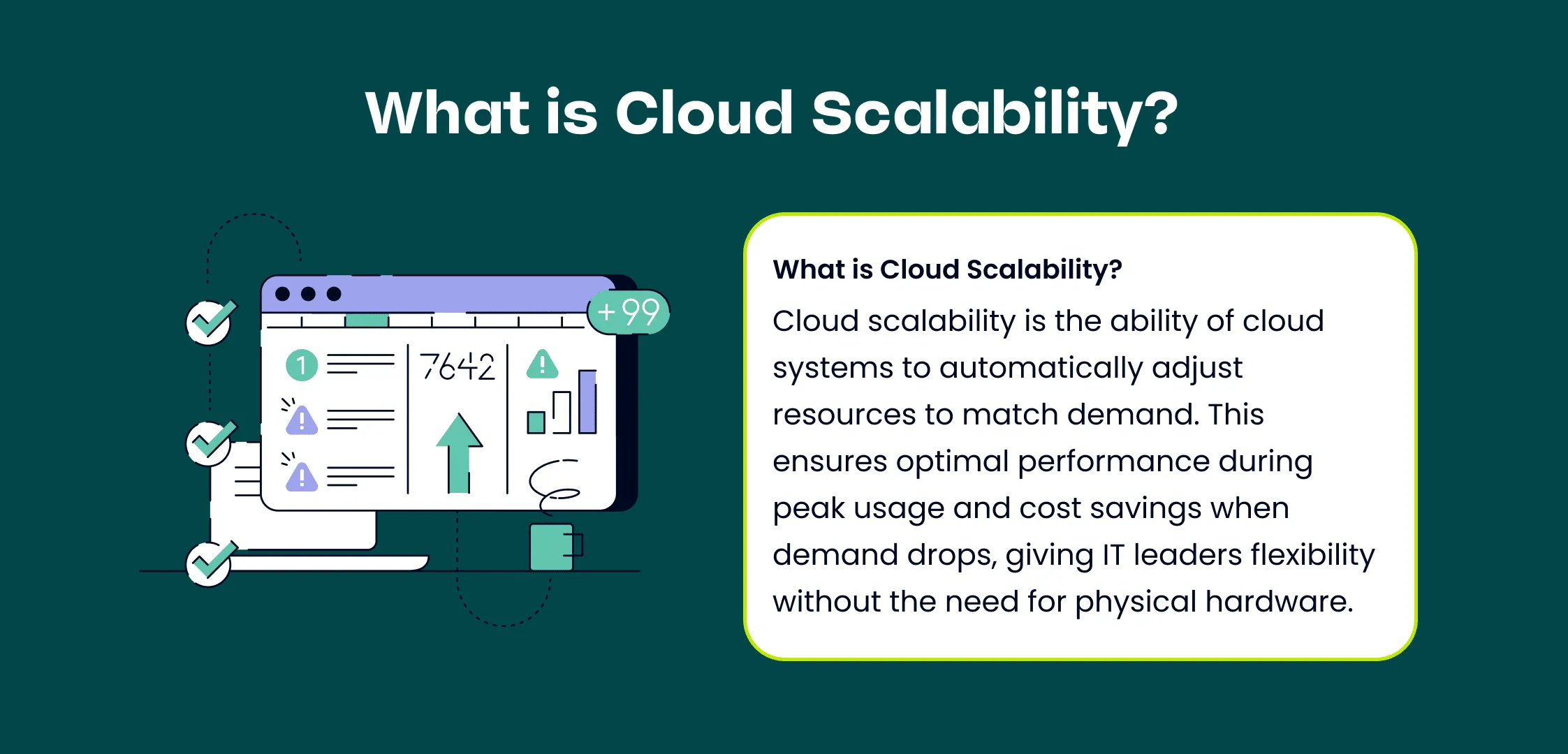
Practical Applications of Scalability
- Increased Processing Power: Handle seasonal spikes or unexpected surges, such as product launches.
- Flexible Storage: Expand as data grows, ensuring uninterrupted performance.
- Cost Control: Only pay for the resources you use, avoiding overspending on unused capacity.
Why Scalability Matters for Atlassian Users
Atlassian Cloud dynamically adjusts resources to match fluctuating demands. Whether facing an unexpected traffic surge or scaling for long-term growth, the platform ensures consistent performance.
- Automated scaling: No need for manual adjustments.
- Effortless upgrades: Always on the latest version with zero downtime.
- Future readiness: Quickly adapt to growth, market changes, or new project demands.
This flexibility is one of the strongest benefits of Atlassian Cloud—it allows IT leaders to manage costs effectively while staying responsive to market changes.
3. Productivity: Empowering Teams to Work Smarter
What is Cloud Productivity?
Cloud productivity is the efficiency and effectiveness organizations gain by leveraging cloud-based tools to streamline workflows, enhance collaboration, and automate routine processes. Modern work is collaborative, distributed, and fast-moving. Atlassian Cloud tools are designed to maximize productivity through better integration, automation, and accessibility.

Productivity Benefits of Atlassian Cloud
- Anywhere, anytime access: Teams can work seamlessly from any device.
- Integrated collaboration: Jira, Confluence, and Trello work together in real time.
- Automation: Reduce repetitive tasks with Jira automation rules and Confluence macros.
- Fewer disruptions: No more waiting for manual updates or system maintenance.
Research-Backed Productivity Gains
- Microsoft study: 80% of professionals are moving to the cloud, citing scalability and AI as drivers.
- Atlassian data: 77% of users of Atlassian AI tools save time with search and workflow optimization.
- Stanford research: Cloud-enabled remote teams are 13% more productive and report higher job satisfaction.
Cloud-Driven Employee Engagement
Cloud migration encourages hybrid work, boosting engagement and retention. Employees gain flexibility, while IT managers are freed from routine infrastructure maintenance. Both technical and non-technical teams—from software engineers to HR—benefit from simplified workflows.
Case Studies: Productivity in Action
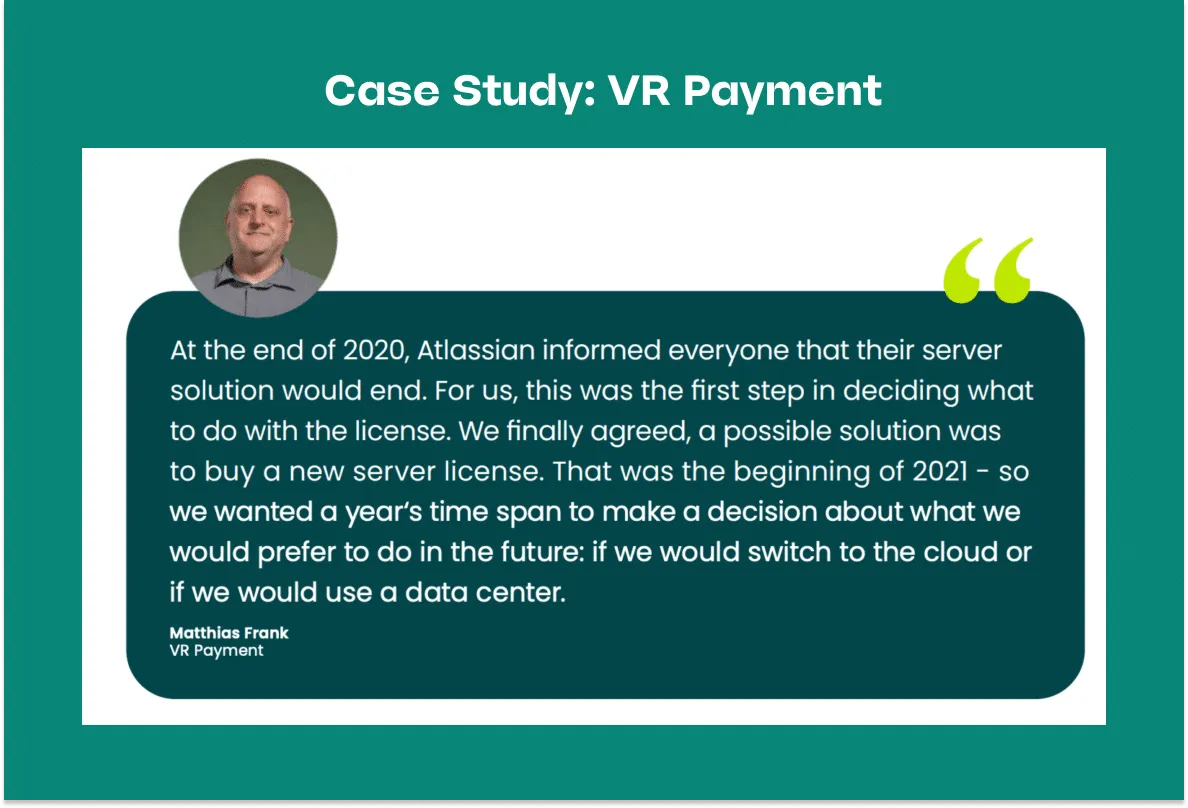
1. VR Payment’s Transition to the Atlassian Cloud
VR Payment, a payment service provider, employs approximately 350 staff members and has around 500 users of Atlassian products. In June 2021, the company migrated its server instances to the Atlassian Cloud, prompted by its announcement of ending server product support in February 2024. The migration process commenced in November 2021 and concluded in February 2022 ( Source: Seibert Solutions)
Seibert played a crucial role in this transition by providing comprehensive support throughout the migration journey.
- Evaluation and Planning: Conducted a thorough assessment of VR Payment’s existing infrastructure and requirements to develop a tailored migration strategy.
- Data Migration: Ensured a seamless data transfer from the server environment to the Cloud, maintaining data integrity and security.
- Post-Migration Support: Offering ongoing support to address any issues arising after the migration, ensuring a smooth transition to the new environment.
This strategic move to the Cloud has significantly enhanced VR Payment’s operational efficiency, providing greater scalability and flexibility in managing its Atlassian tools. Collaborating with Seibert Solutions ensured a smooth transition, minimizing disruptions and optimizing productivity.
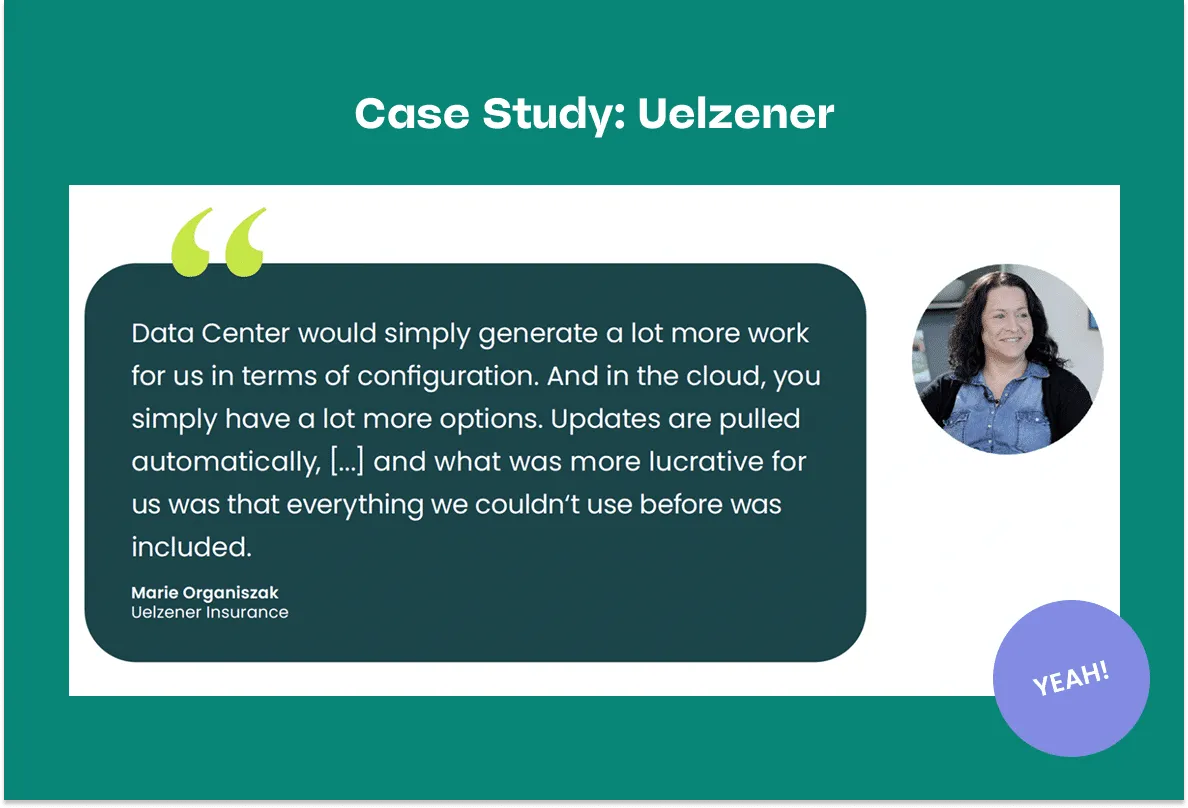
2. Uelzener Insurance’s Migration to Jira Cloud
Uelzener Insurance, a prominent animal insurance company, migrated to the Cloud to modernize its IT infrastructure and improve service delivery. The migration yielded several significant benefits:
- Operational Efficiency: Cloud adoption streamlined internal processes, reducing manual workloads and accelerating response times to customer inquiries and claims.
- Cost Optimization: Transitioning to the Cloud eliminated the need for extensive on-premises hardware, leading to substantial cost savings in maintenance and energy consumption.
- Enhanced Customer Experience: The Cloud-enabled development of user-friendly digital platforms allows customers to access services and manage policies more conveniently.
Uelzener demonstrated a commitment to innovation and customer-centric service, reinforcing its competitive position in the insurance market through this transformation ( Source: Seibert Solutions).
4. Future-Proofing: Staying Ahead in a Changing World
What is Cloud Future Proofing?
Cloud future-proofing refers to designing and implementing cloud infrastructure and strategies that can adapt to evolving technology, business needs, and market conditions. It ensures that systems remain scalable, secure, and compatible with emerging tools and innovations, minimizing the need for costly overhauls or migrations in the future. Technology moves fast, and static infrastructure risks falling behind. Future-proofing ensures your systems evolve with emerging technologies rather than being left behind.
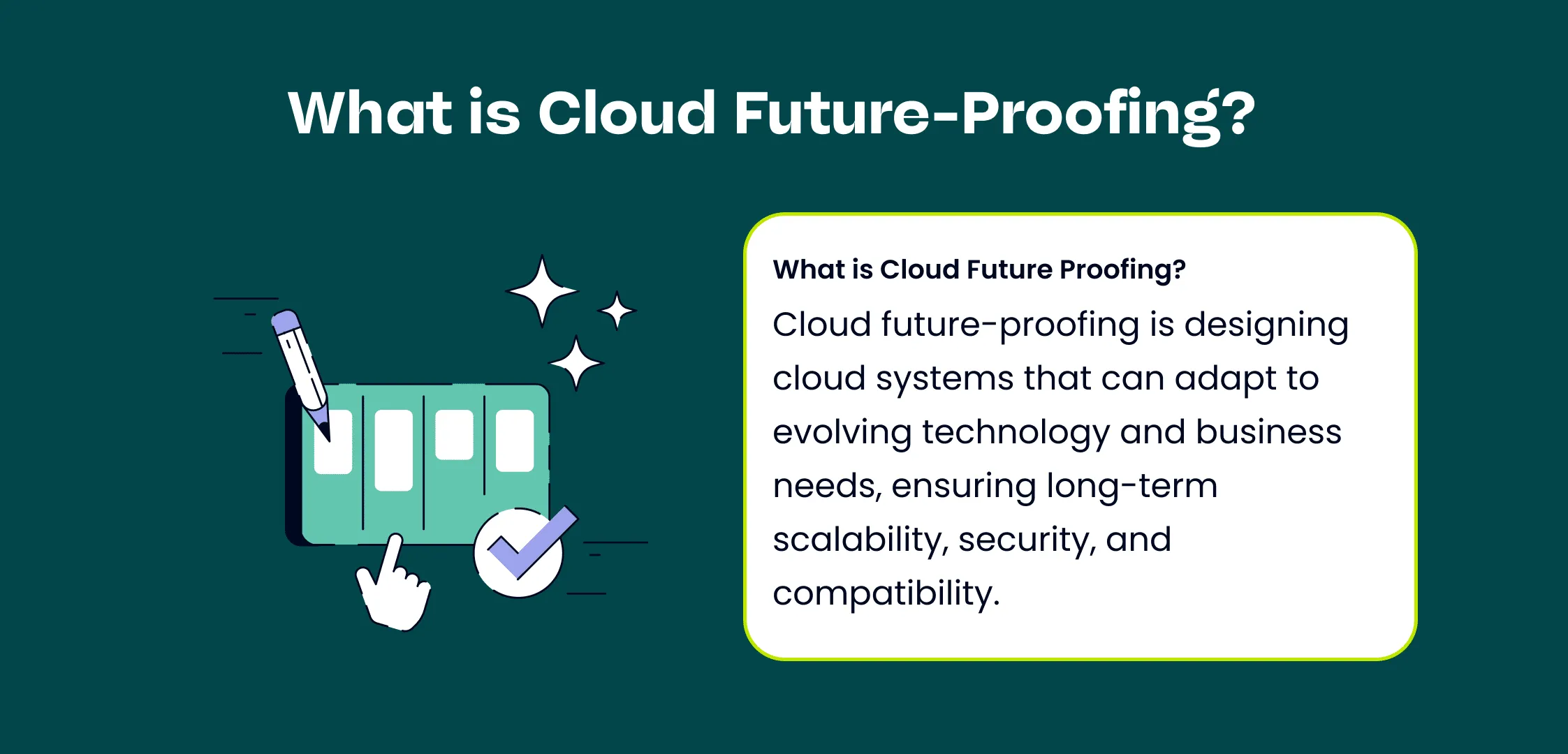
Future-Ready Features of Atlassian Cloud
- Continuous updates: No more manual patching or costly upgrade cycles.
- AI & machine learning integration: Leverage emerging tools for automation and analytics.
- Multi-cloud strategies: Integrate Atlassian with AWS, Azure, or Google Cloud for flexibility.
- Sustainability: Operate on energy-efficient infrastructure with transparent ESG reporting.
Emerging trends such as Edge Computing, IoT, and industry-specific cloud services are reshaping work. With Atlassian Cloud, you’re positioned to adopt these advancements without major re-architecture.
Security and Compliance
Security is non-negotiable. The Atlassian Cloud provider offers enterprise-grade protection, including:
- End-to-end encryption.
- Multi-factor authentication.
- Zero-trust architecture.
- Compliance with GDPR, SOC2, ISO 27001, and more.
Which Companies Benefit Most from Atlassian Cloud?
Atlassian Cloud delivers value across industries and company sizes:
- Startups & SMEs: Enterprise capabilities without large upfront investment.
- High-growth enterprises: Seamless scaling without IT bottlenecks.
- Remote-first organizations: Reliable collaboration for distributed teams.
- Seasonal industries: Retail, events, and tourism benefit from flexible capacity.
- Data-heavy businesses: AI, analytics, and IoT workloads thrive with scalable cloud resources.
Partnering with Migration Experts
While the benefits of Atlassian Cloud are clear, the migration process can feel daunting. That’s why many companies partner with certified Jira migration experts like Seibert Solutions US.
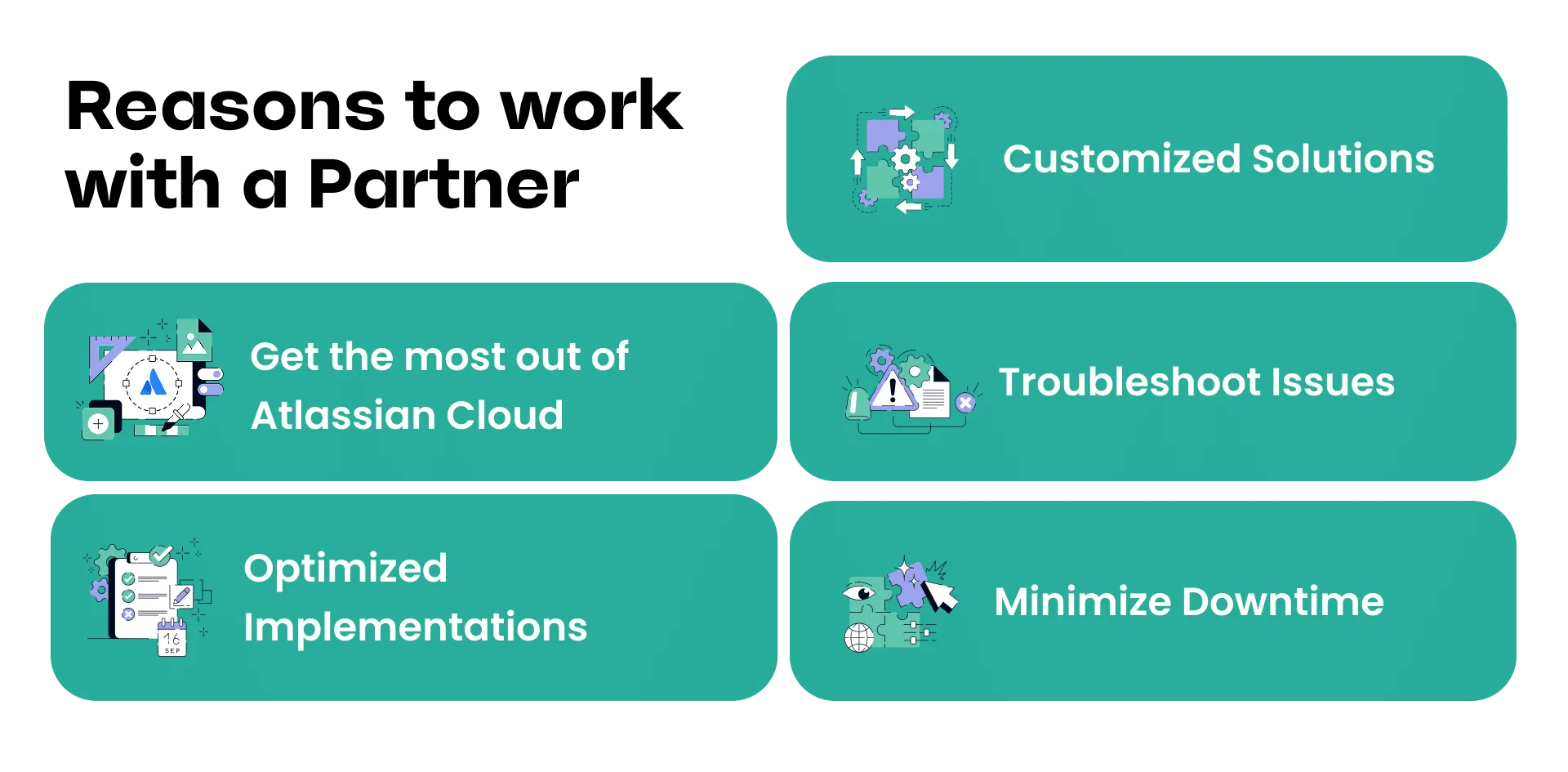
How Experts Simplify Cloud Migration
- Cloud readiness assessment – Evaluate systems, apps, and workflows.
- Data & site analysis – Consolidate instances and clean up unused assets.
- App compatibility check – Replace or upgrade incompatible add-ons.
- Security & compliance review – Address legal and regulatory requirements.
- User management optimization – Implement single sign-on and Atlassian Guard.
With the right cloud migration Atlassian partner, downtime is minimized, risks are reduced, and your transformation is faster and smoother.

Why Move Now?
If you’re still running Atlassian Data Center or Server deployments, the case for cloud has never been stronger:
- Performance: Faster tools, fewer disruptions, happier teams.
- Scalability: Grow or shrink resources instantly.
- Productivity: Collaborate in real time with integrated AI.
- Future-proofing: Stay aligned with evolving tech trends.
- Security: Protect sensitive data with world-class compliance.

Don’t let outdated systems slow your business down. Explore an Atlassian Cloud transformation today and see how performance, scalability, productivity, and future-proofing can reshape your operations.
Whether you’re a startup seeking cost efficiency, a global enterprise chasing scalability, or a hybrid workforce demanding productivity, the benefits of Atlassian Cloud are clear. Migration is more than a technical shift—it’s a strategic leap into agility, resilience, and competitive advantage.
Contact Seibert Solutions US for a free cloud migration consultation with our Atlassian Cloud provider team and take the first step toward a faster, more agile future.


